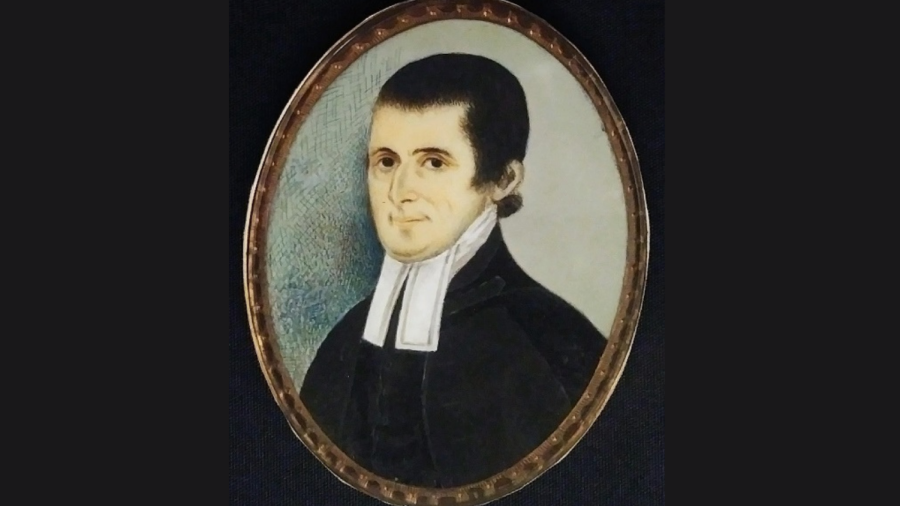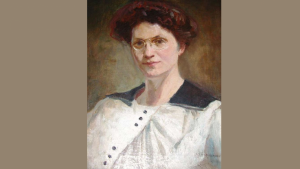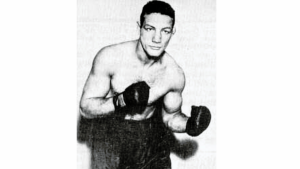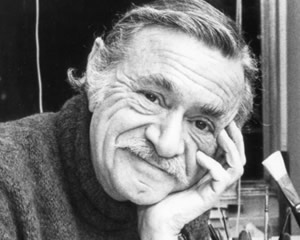Do you know this Jew? He’s known as the “Patriot Hazan” of the Revolutionary War
Published February 6, 2022
Gershom Mendes Seixas (1745-1816) was the first American-born spiritual leader of Congregation Shearith Israel, the Spanish and Portuguese Synagogue, founded in 1654, and the first Jewish congregation to be established in North America.
Seixas received his Jewish education primarily from his father. He was not a college graduate, but self-educated in Talmud and secular literature, including Christian texts.
He began his service as Hazan, or reader in 1768, and quickly became a community leader the people could trust.
Gershom Mendes Seixas and the American Revolution
Despite the fact that his congregation was split on the issue, in 1775 Seixas — a strong advocate for American independence — persuaded a majority that Shearith Israel should close, rather than operate during British occupation of New York.
When British troops took control of New York City in 1776, Rev. Seixas and many congregants fled New York rather than live under British rule. He became Hazan at Mikveh Israel in Philadelphia through the war years.
Despite his personal abhorrence of war, in his sermons Seixas regularly called on G-d to bless the Revolution, the Congress and George Washington, the commander-in-chief of the patriot armies. He considered the American cause, with its emphasis on individual liberty, as a just war, and independence a blessing for America’s Jews.
Post war
At wars end in 1784, Congregation Shearith Israel invited Seixas to resume his pulpit. At the time, his wife Elkaleh was ill and Gershom was content in his Philadelphia post, but was ultimately persuaded to return to New York, where he served as hazzan or “minister” at Shearith Israel until his death in 1816.
In 1787, when George Washington was inaugurated as the first president of the United States, Seixas was one of three clergymen who participated. It was a sign of respect for Seixas and the role that Jews had played in the founding of the new nation, and a reflection of Washington’s own ecumenical views.
Seixas devoted much of his time and prestige to encouraging charity toward the poor. Contrary to Christian doctrine, Seixas preached that riches were no sign of grace, nor poverty a sign of disgrace. Each status was a challenge from G-d: for the poor to endure and overcome hardship, and for the wealthy to grow virtuous by acts of charity. Seixas believed that the very purpose of a fortunate person’s life was to help others, regardless of whether they were rewarded for their generosity.
In his passing
When he died in 1816, Seixas was mourned throughout New York City. The trustees of Columbia College commissioned a medal with his likeness. His friend, Dr. Jacob de la Motta, noted that, during the last seven years of his life, “his sufferings were beyond the ken of human conception,” yet Seixas served his congregation until near the very end. The first American-born hazzan of Shearith Israel, Seixas still serves as a model for the contemporary American rabbi.




















